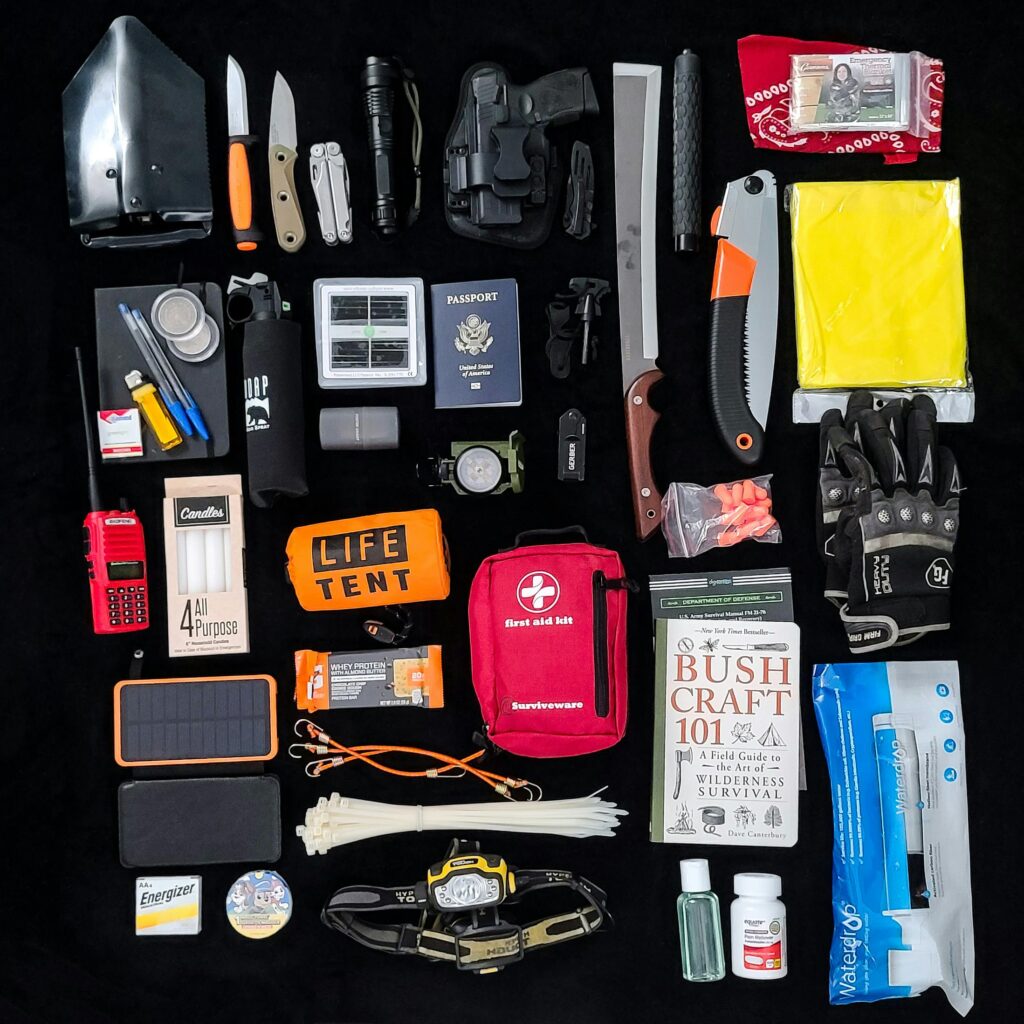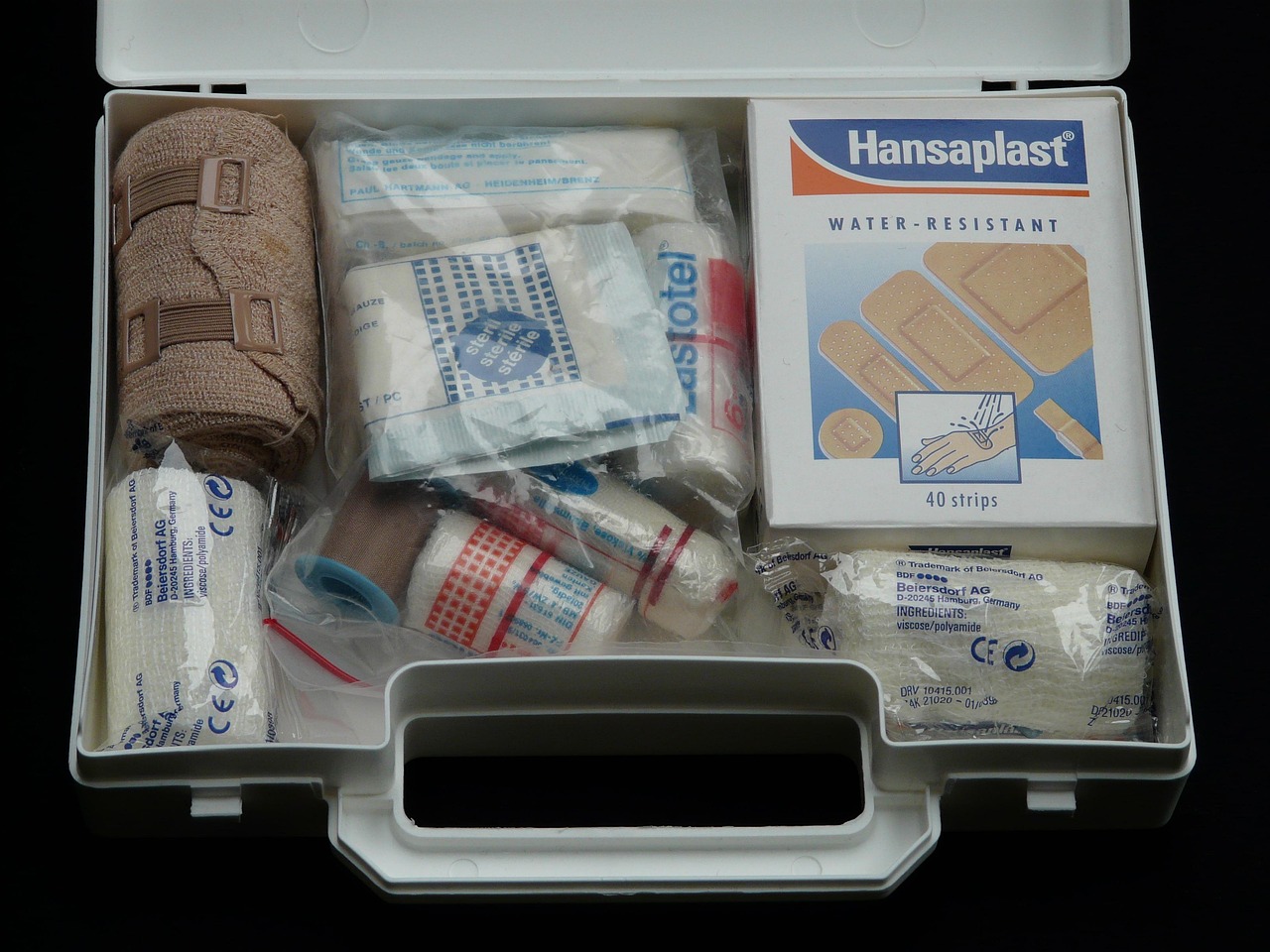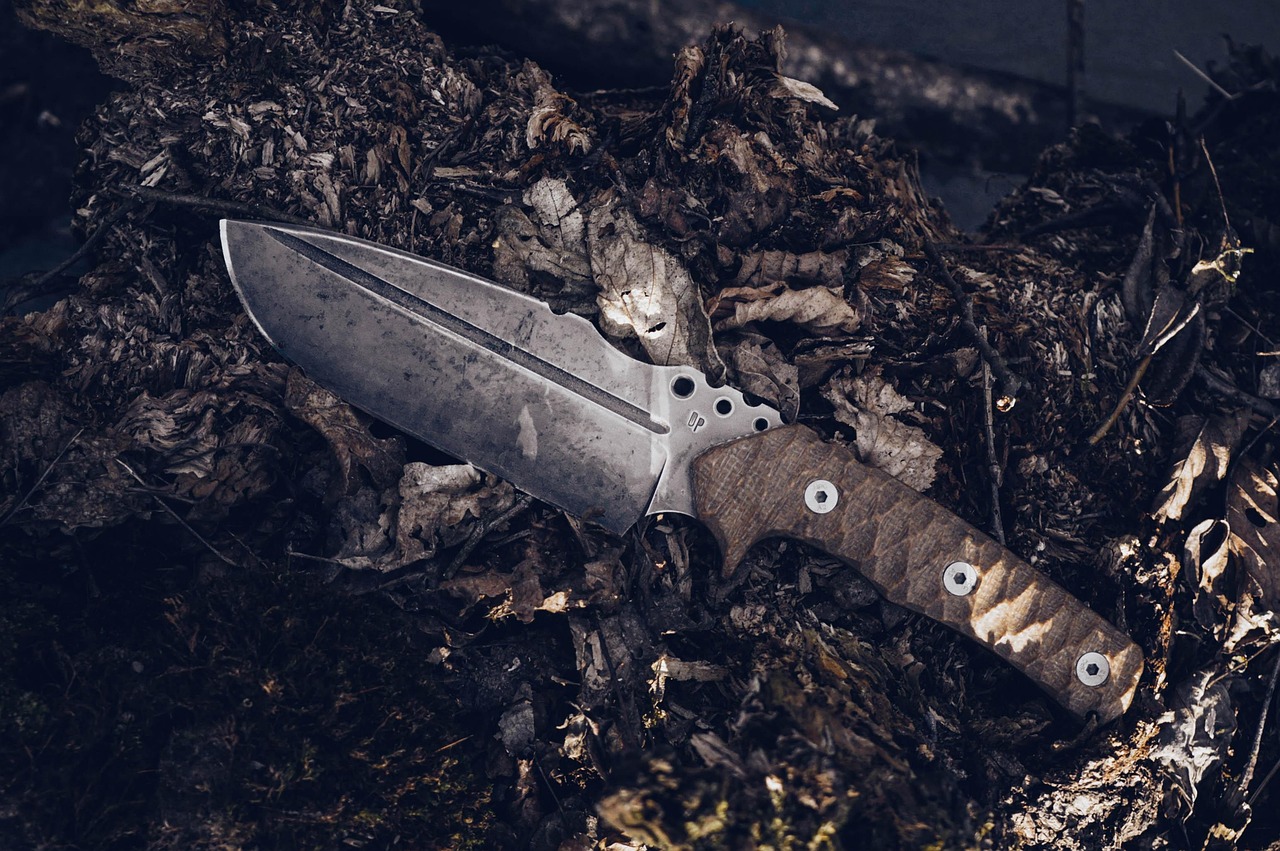
When a disaster or emergency strikes, being prepared can mean the difference between life and death. Whether it’s a natural disaster, civil unrest, or an unforeseen emergency, having a bug-out bag ready is one of the most important steps you can take in your urban prepping plan. A bug-out bag (BOB) is a portable, essential kit that you can grab and go at a moment’s notice. It’s designed to keep you alive and safe in case you need to leave your home quickly due to a disaster. This post will walk you through creating the ultimate bug-out bag, covering the must-have items and considerations for surviving in urban environments.
1. What is a Bug-Out Bag (BOB)?
A bug-out bag is a survival kit containing all the necessary items to sustain yourself for at least 72 hours. The goal is to pack only essential supplies to help you survive if you need to evacuate your home quickly. A bug-out bag is not just about having a collection of random items; it’s about strategic preparedness, ensuring you have the tools, food, and water to survive until you can find a safer location or await help.
In urban survival situations, your bug-out bag must be tailored to the challenges of navigating a city or suburban environment where resources are limited and your options are restricted.
2. Essential Items for Your Bug-Out Bag
Creating the ultimate bug-out bag involves packing only the essentials—items that are compact, multi-purpose, and lightweight. Here’s what you need to include:
1. Water and Water Filtration
Water is the most critical resource in a survival situation, especially in urban environments where the public water supply may be compromised. Be sure to include:
- Water bottles or hydration reservoir: Pack at least 3 liters of water per person in your bag.
- Water filtration system: A portable water filter or purification tablets are crucial for obtaining clean water in emergencies.
- Water storage bags: If space allows, include collapsible water storage containers.

2. Food and Snacks
In case of an emergency, food will be limited. You’ll need high-energy, non-perishable foods that are easy to carry and don’t require cooking. Include:
- Energy bars: High-calorie protein or meal replacement bars are great for survival.
- Freeze-dried meals: Lightweight and compact, these are perfect for longer survival situations.
- Canned food: While not as compact, canned foods are nutrient-dense and long-lasting. Choose compact options like tuna or canned beans.
- Portable cooking gear: If space permits, pack a compact stove and fuel for heating food.
3. Shelter and Warmth
Shelter is essential, especially if you’re caught in extreme weather. You can use these items to build a shelter or stay warm:
- Emergency blanket: Lightweight, compact, and able to retain body heat.
- Tarp or small tent: A small, portable shelter can protect you from the elements.
- Poncho or rain gear: Helps keep you dry and warm in wet conditions.
- Fire-starting materials: A waterproof fire starter or matches can be lifesaving in cold or wet conditions.
4. First Aid and Medications

A well-stocked first aid kit is vital for addressing minor injuries and preventing infections. Your kit should include:
- Bandages, gauze, and antiseptic wipes: To treat cuts, abrasions, and blisters.
- Pain relievers: Ibuprofen or acetaminophen to alleviate pain.
- Prescription medications: Any necessary medications you or your family members rely on.
- Tweezers and scissors: These are useful for removing splinters, cutting bandages, and performing other small tasks.
5. Navigation Tools
Knowing where you are and how to get to safety is critical during a disaster. Include these navigation tools:
- Compass: A simple tool to help you navigate.
- Maps: Pre-printed maps of your city and surrounding areas. Consider emergency evacuation routes.
- GPS device: If you’re tech-savvy and have extra power for devices, a GPS can be helpful.
6. Multi-Tool or Knife
A high-quality multi-tool or knife is a must-have. It can be used for cutting, opening cans, building shelter, or other survival tasks. Make sure it’s lightweight but strong enough to withstand tough tasks.
7. Communication Devices
Staying connected with loved ones or emergency responders is essential in a disaster. Include:
- Battery-powered radio: A hand-crank or solar-powered radio will allow you to keep updated on weather conditions and emergency broadcasts.
- Whistle: For signaling for help if you’re lost or trapped.
- Chargers: Keep a power bank for your phone, as it could be the only way to get information.
8. Clothing and Footwear
Comfortable, durable clothing and footwear are crucial for survival situations. Pack:
- Durable shoes: Opt for sturdy, waterproof boots or shoes that can handle rough terrain.
- Extra clothing: Pack a spare shirt, socks, and underwear. Quick-drying fabrics are ideal.
- Gloves and hat: For protection from the elements.
9. Personal Protection Items

In an urban environment, safety can be a concern. Protect yourself with:
- Pepper spray or self-defense tools: Useful in case you encounter dangerous individuals.
- Face masks or respirators: If the air quality is poor or there’s a risk of airborne illness, these can protect your lungs.
- Safety goggles: Protect your eyes from dust, smoke, and debris.
10. Important Documents
In a waterproof container, keep copies of important documents, such as:
- Identification: Driver’s license, passport, or other forms of ID.
- Medical records: These are especially important if you or a family member has specific health concerns.
- Insurance information: Health, home, and auto insurance details.
How to Pack Your Bug-Out Bag
When packing your bug-out bag, it’s crucial to balance space, weight, and accessibility. Here’s how to organize your bag efficiently:
- Pack the heaviest items close to your back for better balance and to reduce strain.
- Use pouches and compartments to separate different categories (e.g., food, first aid, shelter).
- Prioritize multi-use items (e.g., a knife or multi-tool) to save space and weight.
Size and Weight Considerations: Pack Smart for Your Capacity

One of the most important—yet often overlooked—aspects of building a bug-out bag is tailoring it to your physical capabilities. Not everyone will have the strength, endurance, or mobility to carry a 40+ pound pack, especially for long distances. This is especially important for seniors, people with disabilities, or those with children.
Here’s what to consider when thinking about the size and weight of your BOB:
- Know your limits: Test your bug-out bag by taking it on short walks. If it feels too heavy, remove or replace items with lighter alternatives.
- Aim for 10–20% of your body weight: This is a general guideline for how much weight you can reasonably carry without overexerting yourself.
- Use ultra-light gear: Opt for compact, lightweight items when possible—like titanium cookware, a high-efficiency water filter, or freeze-dried meals.
- Consider a rolling pack: If lifting or carrying a heavy backpack isn’t feasible, use a wheeled duffel bag or a tactical rolling backpack instead.
- Distribute among family: If you’re prepping for more than one person, distribute weight according to what each person can realistically carry.
Remember, the best bug-out bag is one you can actually carry when the time comes.
Conclusion: Be Prepared, Stay Safe
Your bug-out bag is an essential part of your urban survival plan. It should be customized to your needs, environment, and potential risks. By ensuring you have the right gear, supplies, and strategies, you’ll be better equipped to handle any disaster that comes your way.
Start packing your ultimate bug-out bag today—because when the time comes, it’s better to be prepared than to regret being unready.
Are you ready to build your bug-out bag? Subscribe to our email list to get even more tips!

Leave a Reply